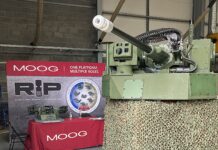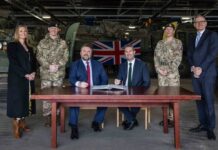The British Army has introduced a new enhanced Combat Life Saver (CLS) position to meet the challenges of an increasingly complex modern battlefield.
The new medical role, announced on 11 August 2025, will bridge the gap between the basic first aid training provided to all soldiers and the specialist skills of combat medics, replacing the team medic role.
Combat Life Savers will be trained to NATO standards, improving consistency in medical treatment when working alongside allied forces. The enhanced role will enable non-medical soldiers to deliver more advanced care, including procedures previously restricted to specialist combat medics.
The key advancement is that a Combat Life Saver non-vocational medic will be able to perform a needle decompression of the chest: a procedure previously only carried out by combat medics. This technique relieves air build-up in the chest from penetrating injuries, allowing the heart and lungs to function more effectively.
The Combat Life Saver will also adopt the ‘MARCH’ protocol (Massive haemorrhage, Airway, Respiration, Circulation, Hypothermia/Head injury), replacing the previous CABC (Catastrophic Haemorrhage, Airway, Breathing, Circulation) approach.
The new training course for this role is five days long, doubling the length of the previous team medic training. The extended programme covers treatment from point of injury through to evacuation and includes treatment skills in head injuries, hypothermia treatment, pain management, splinting, applying tourniquets and calling in a medical evacuation.
A dedicated five-day instructor course has been designed by medical specialists from 16 Medical Regiment. The instructor course prepares qualified medical personnel – including nurses, combat medics and doctors – to deliver Combat Life Saver training at their own units.
WO2 Aaron Wrigley, who is leading the instructor training, was quoted in a British Army press release as saying, “This course creates a multiplier effect for life-saving skills across the army. By training the trainers, we’re ensuring that critical medical knowledge reaches more personnel on the front line.”
The Combat Life Saver will not replace the Army combat medic who will remain crucial for providing emergency medical care to injured soldiers.
Captain James Archdeacon, who worked with WO2 Wrigley to design the instructors course, stated, “One of the morale components of fighting power is that soldiers know if they are injured, they will be looked after. It’s a lot of responsibility and the extensive training and preparation the non-medically qualified soldiers receive will be just the start. Once they have passed the course they will continue to practise their skills to prevent skill fade. Training is the cornerstone of successful medical treatment.”
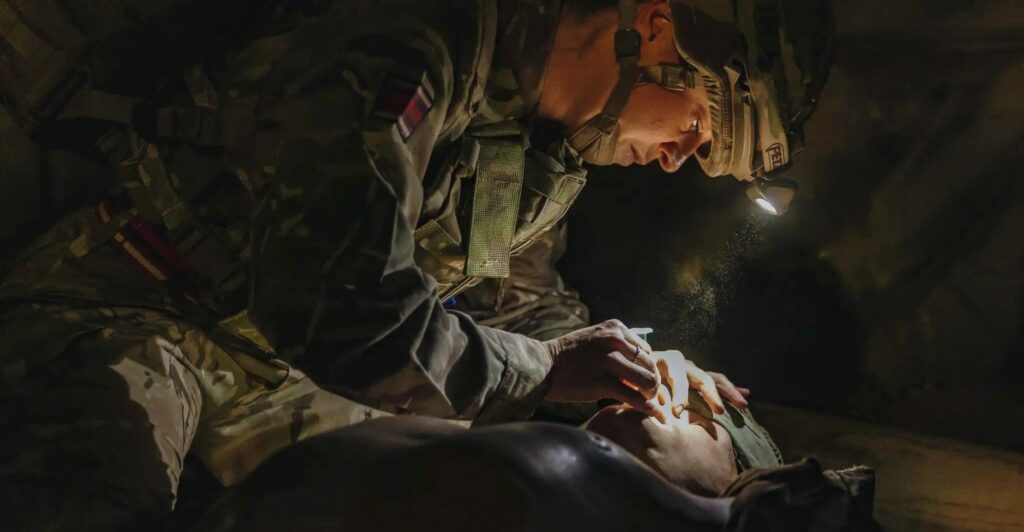


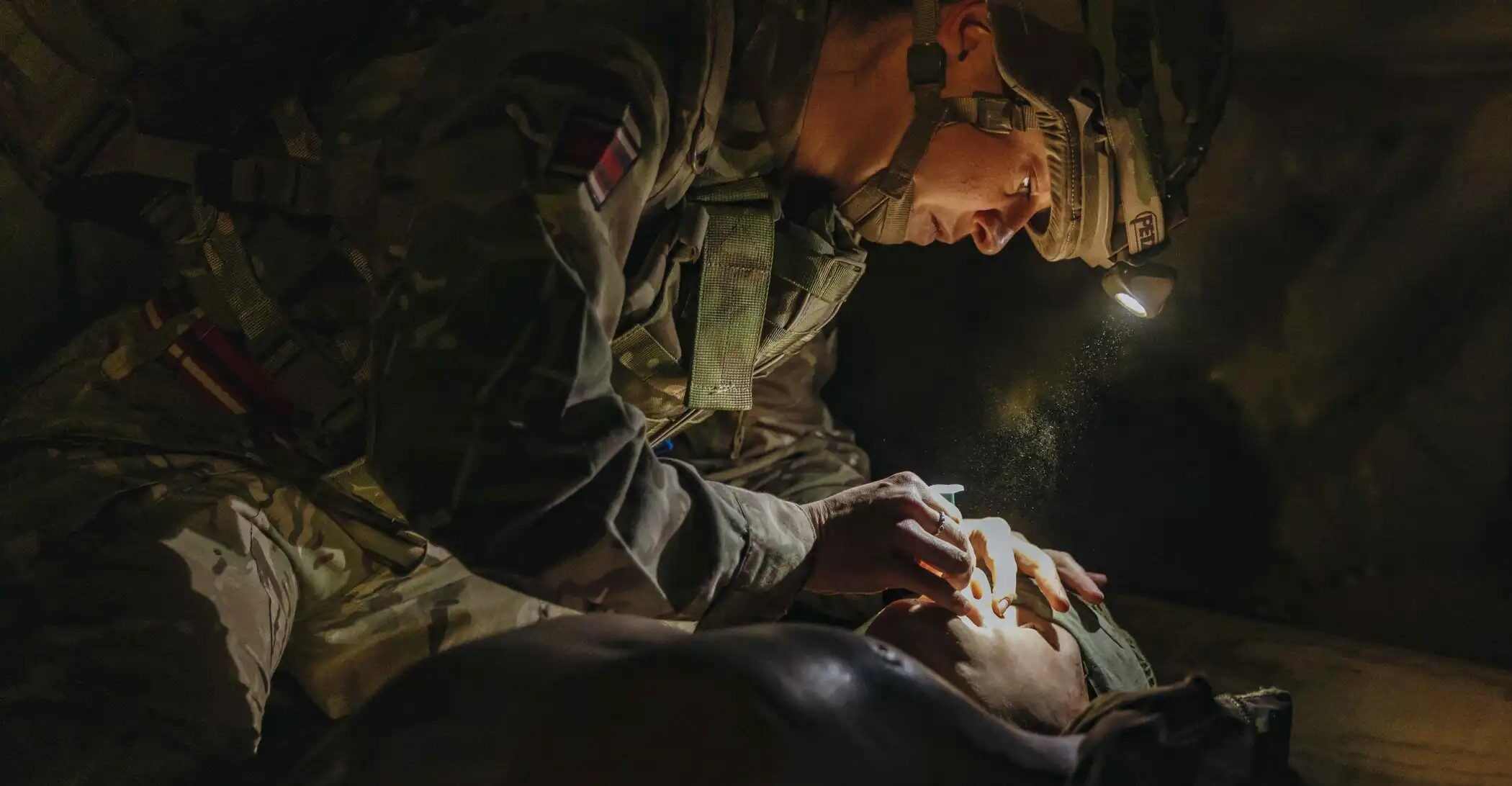

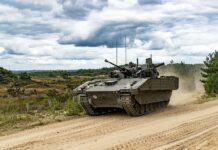

![Serve to lead Serve to lead. Officer Cadets march past the Old College building during their commissioning ceremony, known as Sovereign’s Parade. [Crown Copyright 2013]](https://euro-sd.com/wp-content/uploads/2025/09/S1-Kopie-218x150.jpg)

